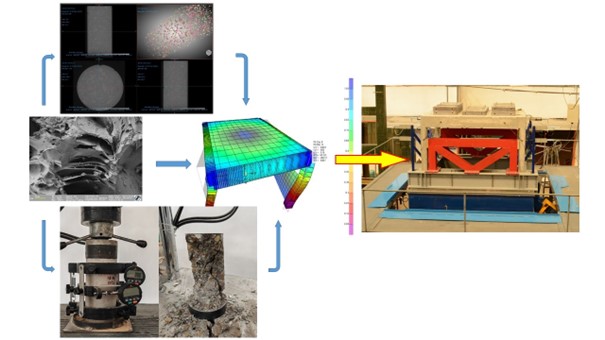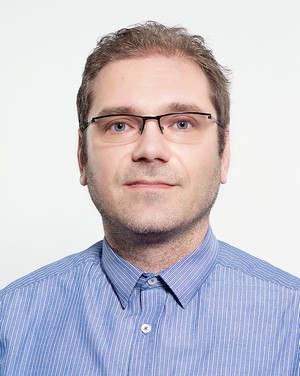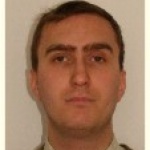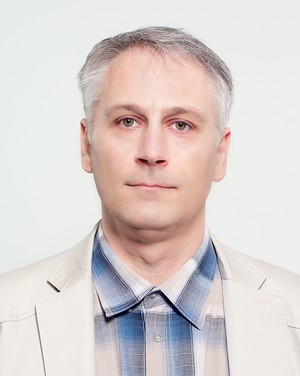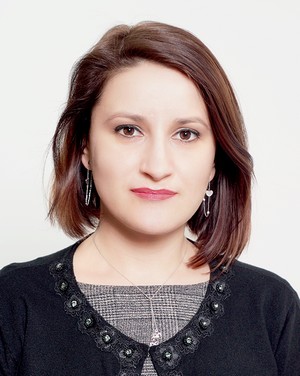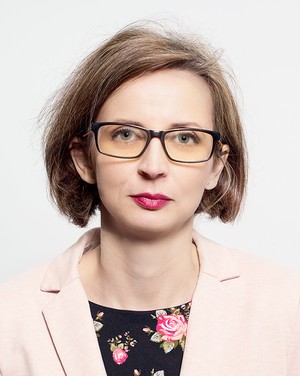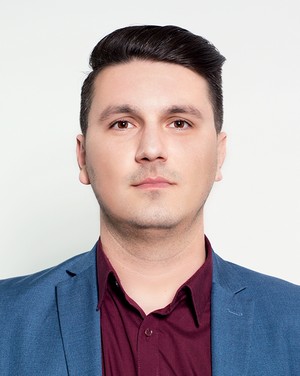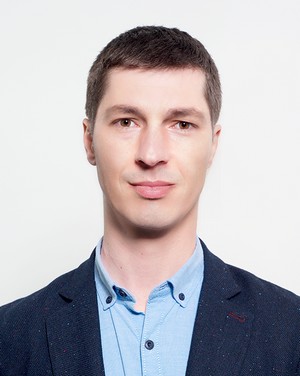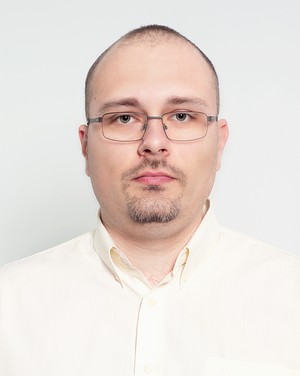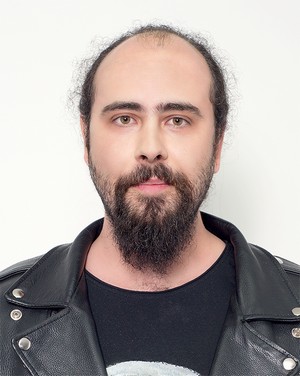Project scope
The main objective of the project is to demonstrate the opportunity of using a sustainable concrete both from the point of view of applicability to structural elements but also as a solution for energy efficient buildings. The growing consumption of non-renewable natural resources has led to the need to find alternative raw material solutions. One such alternative source is volcanic rocks.
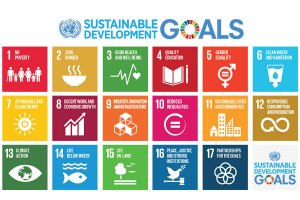 UN Sustainable Development Goals (UN-SDG)
UN Sustainable Development Goals (UN-SDG)
Perlite is a volcanic rock that differs from other such types of rocks in that when it is heated to over 900°C it expands, increasing its volume from 4 to 20 times. Thus, expanded perlite was used in the construction industry as an insulating material. The major advantage of perlite over other insulating materials is that it is not a flammable material. Other advantages that recommend expanded perlite as a material with potential for use in the construction industry are: low specific weight, good sound and thermal insulation as well as the fact that it is a chemically inert material.
Earthquakes have been a threat to the safety of communities since ancient times. With the emergence of cities and their vertical and horizontal development and expansion, the damage caused by earthquakes has become significant. For engineers, the safety of building occupants is the first and most important mission. Thus, in order to create safe constructions that incorporate new, sustainable and energy-efficient materials, they need to be tested in laboratories, using complex equipment.
The level of technological maturity reached within the project is 4, i.e., starting from theoretical concepts, a prototype was obtained whose functionality was validated in laboratory conditions. Thus, a reduced-scale model (1:3) of a reinforced concrete structure was tested for seismic actions in order to certify the use of the new type of concrete in building structures in active seismic areas.
